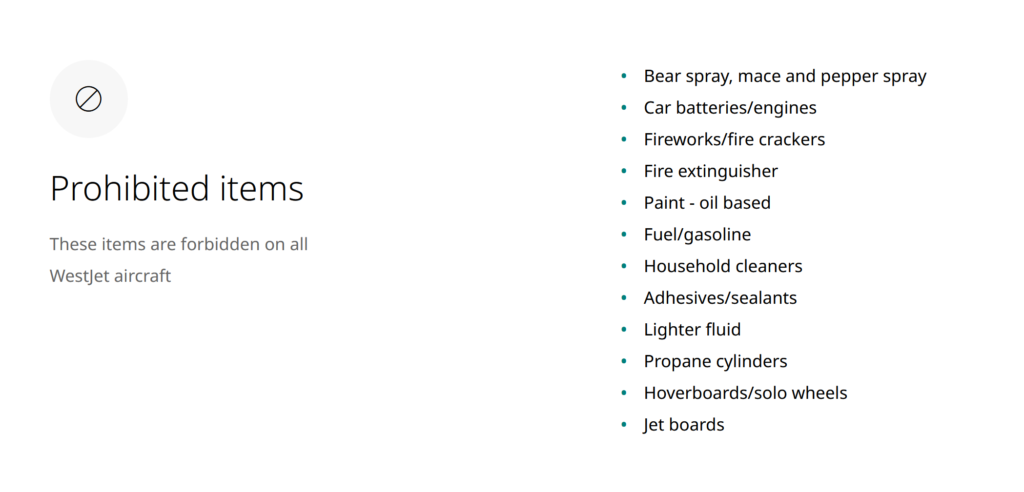As each technical writer submitted their final versions of their assigned sections, they peeled off homeward, wherever home was. Without a backward glance, I have to say.
Clear!
The core team — the proposal manager, me as editor, the production staff, the coster/pricer — stayed put. I can’t speak for the others, but I watched in some resentment as the writers left. Not one asked if they could help with any of the remaining work. If it would help if they delayed their departure by just a few days.
Work and personal boundaries are good. Not interfering in other people’s responsibility areas is good. Abandoning ship feels bad, at least on the abandonee side.
In truth, I wouldn’t have wanted all of them to stay. But there were a few who could actually have been a help with the final push.
In Seth’s terms, the issue is distinguishing task from initiative work.
But in many pockets of our economy, the new jobs and the best jobs aren’t task jobs. They are jobs of initiative. Work that’s taken, not simply assigned. Work that can’t be easily forecast, and work that thrives with a different sort of teamwork.
These jobs often have a lot of task work mixed in, which is really confusing for everyone involved. Because reverting to task work feels safe and hiring for task work is easier. Apparently, people are supposed to learn how to do initiative work on their own and do it in their spare time.
Proposals need task-oriented fiends. They also need folks who will step up, lean in, and take the initiative, whether that means helping with sections outside their technical specialty or staying a few days past the first date at which they can possibly bolt.
On your next proposal, take a look around (physically or virtually) on the weekend before a Monday submission, or at 9 PM before an any-day-of-the-week submission. The people who are there when they don’t strictly need to be — whether it’s doing work for which they’re over-qualified, or completing tasks that don’t fit neatly under one technical discipline, or being available to answer after-hours emergency questions, or providing management top cover or extra hands on deck just in case of an in-case-of — those are the people who “get” initiative in this environment. Hang onto them, and use them to model the behaviour you want from everyone.
And say, “Thank you.” Because proposals need a different sort of teamwork.




